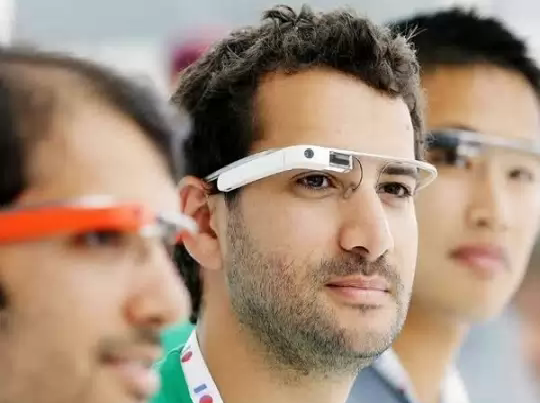YouTube can be Useful
YouTube.com is a video sharing website that started in 2005 and has since exploded into worldwide popularity. YouTube videos can be uploaded by virtually anyone and video content can range from animation, to vlogs, to instructional videos about cooking, artwork, makeup and an assortment of other specialties. When YouTube first launched it was mostly used by people who wanted to share information on a specific hobby or talent but as the website gained substantial audiences, bigger organizations noted its potential and signed on.
There are plenty of frivolous and funny videos on Youtube. However, there is also a wealth of truly helpful and educational material available on the site. The Wildlife Conservation Society has a channel where clips about conservation efforts are available for viewing at any time. Blick Art Materials uses YouTube to launch step-by-step tutorials about various techniques for painting, sculpting, and art projects. Sesame Street has a channel dedicated to sharing clips from several decades of the show. Even esteemed colleges such as Harvad have embraced YouTube as a way to share knowledge for free. Anyone who clicks onto the Havard YouTube page will be able to access full class lectures on a variety of subjects. These are the very same classes that UC Berkeley students experienced and the education provided in the clips is top-quality even though the viewers will receive no official credit for watching the videos.
YouTube has also been noted as being one of the most famous social media platforms for showcasing new and creative work for all age ranges. Story Bots is one such creation that is intended for an audience of small children. StoryBots are cute animated figures that help children learn the alphabet through fun sing-along songs. StoryBots are colorful and cute. The songs they sing are funny and clever and are likely to amuse parents as well as children. StoryBots are an example of how YouTube can be used to entertain and educate even the smallest members of society. They can be seen here: http://www.youtube.com/user/storybots?feature=chclk
As the world changes and makes it more accessible and practical for people to interact with media, a franchise like StoryBots helps to introduce children to all the wonderful things that the Internet can be used for in a fun and playful way. The same can be said for the Harvard channel for older viewers as well as the more basic tutorial channels for those who have hobbies that they would like to perfect, whether it is doing nails or fixing cars.
The world is changing more rapidly than ever before due to increasing technological advances. A decade ago YouTube did not exist; today it is reshaping how people communicate. This includes allowing educational institutions and for-profit and non-profit organizations to readily engage new audiences and share valuable information. YouTube can be a helpful learning tool and those who value learning should take time to explore the site and see what content fits their specific needs in order to enhance their educational experience.
There are plenty of frivolous and funny videos on Youtube. However, there is also a wealth of truly helpful and educational material available on the site. The Wildlife Conservation Society has a channel where clips about conservation efforts are available for viewing at any time. Blick Art Materials uses YouTube to launch step-by-step tutorials about various techniques for painting, sculpting, and art projects. Sesame Street has a channel dedicated to sharing clips from several decades of the show. Even esteemed colleges such as Harvad have embraced YouTube as a way to share knowledge for free. Anyone who clicks onto the Havard YouTube page will be able to access full class lectures on a variety of subjects. These are the very same classes that UC Berkeley students experienced and the education provided in the clips is top-quality even though the viewers will receive no official credit for watching the videos.
YouTube has also been noted as being one of the most famous social media platforms for showcasing new and creative work for all age ranges. Story Bots is one such creation that is intended for an audience of small children. StoryBots are cute animated figures that help children learn the alphabet through fun sing-along songs. StoryBots are colorful and cute. The songs they sing are funny and clever and are likely to amuse parents as well as children. StoryBots are an example of how YouTube can be used to entertain and educate even the smallest members of society. They can be seen here: http://www.youtube.com/user/storybots?feature=chclk
As the world changes and makes it more accessible and practical for people to interact with media, a franchise like StoryBots helps to introduce children to all the wonderful things that the Internet can be used for in a fun and playful way. The same can be said for the Harvard channel for older viewers as well as the more basic tutorial channels for those who have hobbies that they would like to perfect, whether it is doing nails or fixing cars.
The world is changing more rapidly than ever before due to increasing technological advances. A decade ago YouTube did not exist; today it is reshaping how people communicate. This includes allowing educational institutions and for-profit and non-profit organizations to readily engage new audiences and share valuable information. YouTube can be a helpful learning tool and those who value learning should take time to explore the site and see what content fits their specific needs in order to enhance their educational experience.








